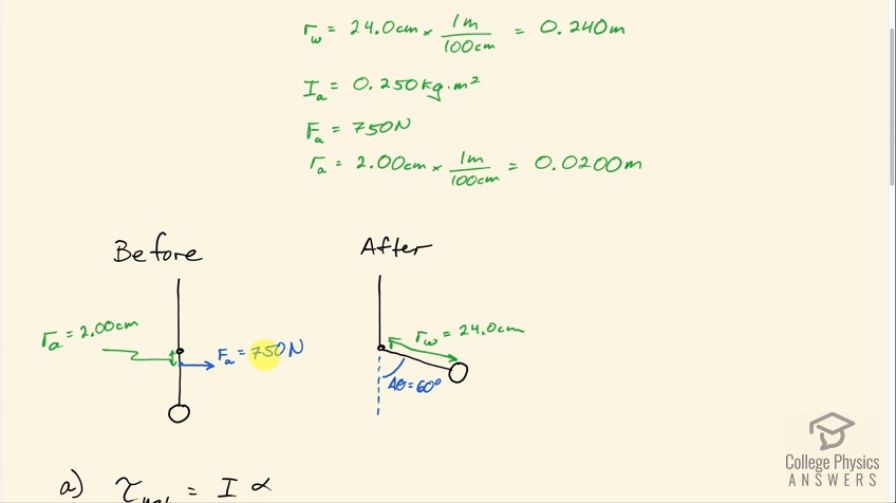Solution video
OpenStax College Physics, Chapter 10, Problem 30 (Problems & Exercises)

Calculator Screenshots
Comments
In calculating the net torque why wasn’t the weight of the lower arm to its center of mass considered? Why was the weight of the weight not considered in net torque?
Hi djab, good question again. In this case the arms begins extended straight down (at least that's what I'm assuming). In this position, with the weight of the arm and ball both straight down, there is no component of the lever arm perpendicular to this force, which is to say that in the fully extended position neither the arm nor ball exert any torque about the elbow. Your question is getting at the complicated messiness of applying physics to real world situations. Physics is typically taught in the beginning with idealized scenarios that ignore complicating factors in order to focus on the topic being taught. In the real world, things become more complicated. For instance, as the arm is lifted, the effective lever arm of the muscle and forearm will change, and the arm weight and ball will both exert gradually increasing amounts of torque. None of this is included in our analysis of the work done in part (b). Adding together bits of a gradually changing quantity is the subject of integral calculus which is beyond the scope of what we're doing here.
Hope this helps, and keep up the great critical thinking!
Shaun


